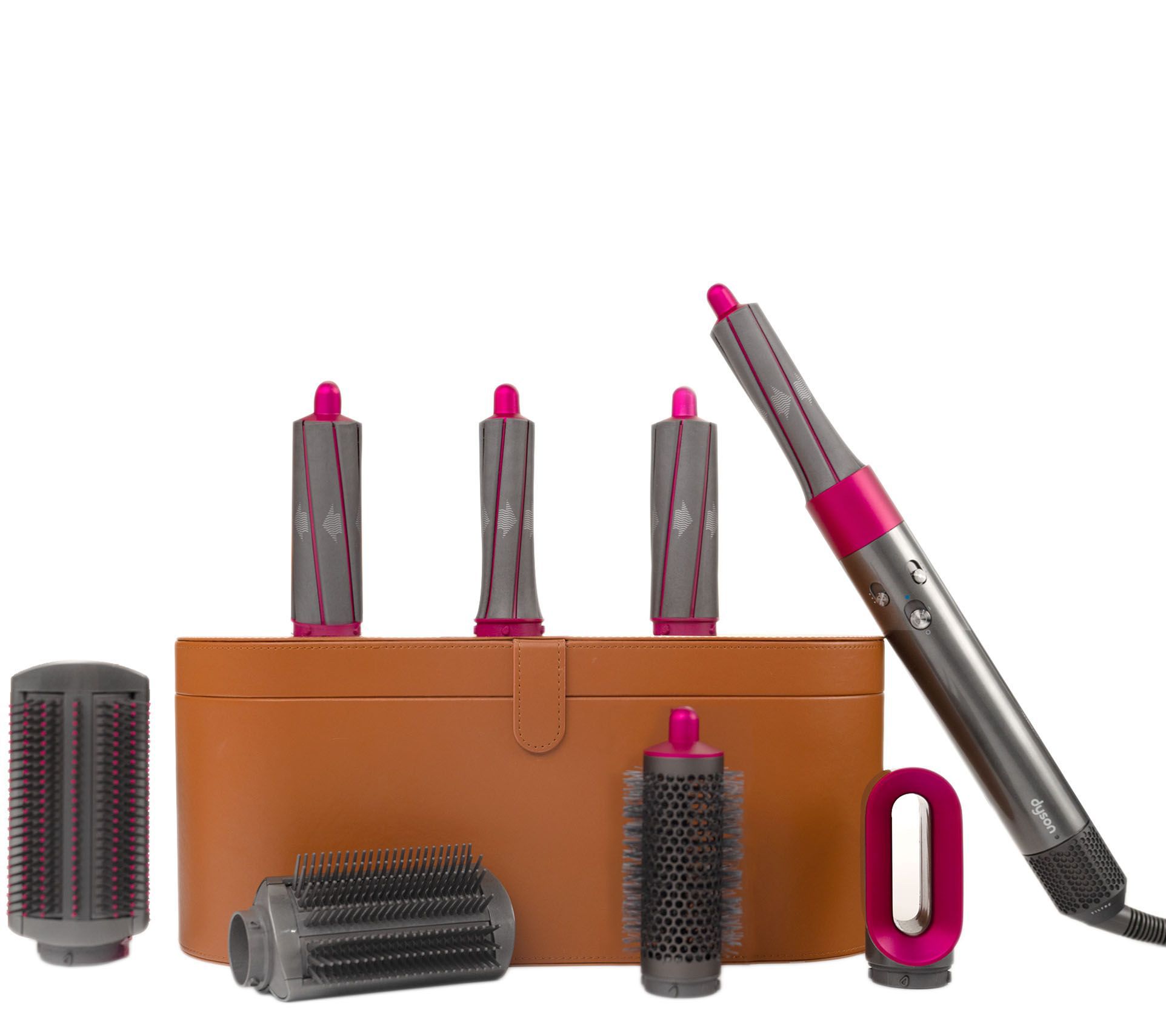Red by Kiss 1875 Pro Watt Ceramic Tourmaline Hair Dryer with 4 Additional Styling Attachments
KISS 1875 Pro Watt Ceramic Tourmaline Hair Dryer comes with 4 Additional Styling Attachments, for the ultimate salon experience. With the double layered detangling comb, single layered detangling comb, concentrator, and diffuser adjust the attachments for precise styling. The Ceramic Tourmaline Technology gives off negative ions to achieve healthier looking hair that counteracts frizz while sealing in moisture, resulting in shiny salon styled hair. With the 3 heat, 2 air speeds, and a cool shot button, adjust the blow dryer to your specific hair needs without over damaging your hair.



Red by Kiss 1875 Pro Watt Ceramic Tourmaline Hair Dryer with 4 Additional Styling Attachments:4 super durable styling attachmentsCool shot button locks in styleTourmaline blow dryer offers a powerful yet lightweight drying sensationFast and easy drying allows hair to stay soft and silkyTourmaline ceramic technology helps smooth the cuticle layerThe high torque 1875-watt DC motor delivers maximum drying powerRemovable filter prevents damaging lint buildup and extends motor life6 heat/speed combinations for precision stylingSuitable for all hair typesConvenient hanging loop allows you to save space wherever you dry your hair





Reviews
There are no reviews yet.